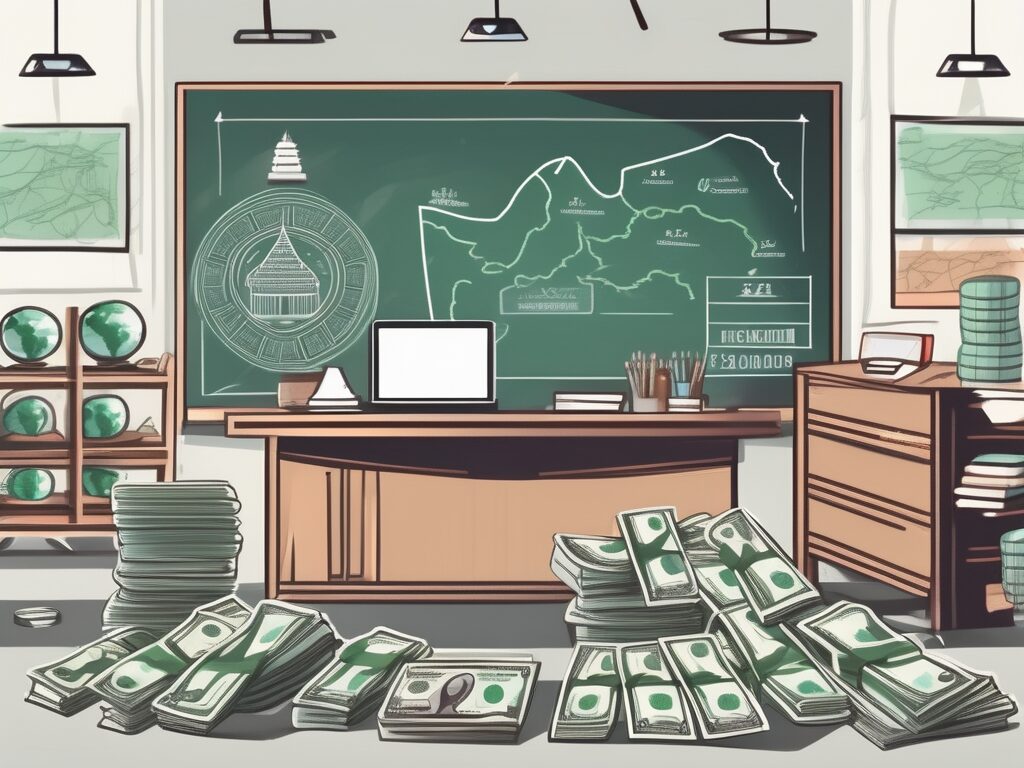html
Explore 5 Innovative Approaches to Arts and Humanities in China
In recent years, the landscape of arts and humanities in China has undergone a remarkable transformation. As the country embraces modernity while cherishing its rich cultural heritage, innovative approaches are emerging that redefine how we engage with these disciplines. This blog post aims to explore five groundbreaking methods that are reshaping the arts and humanities in China, highlighting their significance and potential impact on education, culture, and society.
1. Integrating Technology into Traditional Arts
One of the most significant innovations in the arts and humanities sector in China is the integration of technology with traditional art forms. From virtual reality (VR) experiences that allow audiences to immerse themselves in ancient Chinese landscapes to augmented reality (AR) applications that bring historical artefacts to life, technology is enhancing the way we appreciate and understand traditional arts.
For instance, the Palace Museum in Beijing has adopted VR technology to create interactive exhibitions that transport visitors back to the Ming and Qing dynasties. This innovative approach not only attracts younger audiences but also fosters a deeper appreciation for China’s rich cultural history.
2. Collaborative Art Projects Across Borders
Another innovative approach gaining traction in China is the rise of collaborative art projects that transcend geographical boundaries. Artists from different countries are coming together to create works that reflect a fusion of cultures, ideas, and perspectives. These collaborations not only enrich the artistic landscape but also promote cultural exchange and understanding.
One notable example is the China-UK Year of Cultural Exchange, which has facilitated numerous joint art projects, exhibitions, and workshops. Such initiatives encourage dialogue between artists and audiences, fostering a sense of global community and shared creativity.
3. Emphasising Interdisciplinary Studies
The traditional boundaries between disciplines are blurring, leading to a rise in interdisciplinary studies within the arts and humanities. In China, educational institutions are increasingly recognising the value of combining different fields of study, such as literature, philosophy, and visual arts, to create a more holistic understanding of culture.
For example, the Central Academy of Fine Arts in Beijing offers programmes that integrate visual arts with cultural studies, allowing students to explore the connections between artistic expression and societal issues. This innovative approach not only enhances critical thinking but also prepares students for diverse career paths in the creative industries.
4. Community Engagement and Public Art Initiatives
Community engagement is becoming a cornerstone of arts and humanities initiatives in China. Public art projects that involve local communities are gaining popularity, as they foster a sense of ownership and pride in cultural heritage. These initiatives often address social issues, encouraging dialogue and reflection among community members.
A prime example is the Beijing Urban Art Festival, which invites local artists to create murals and installations that reflect the unique identity of their neighbourhoods. Such projects not only beautify urban spaces but also promote social cohesion and cultural awareness.
5. Promoting Sustainability in the Arts
As global awareness of environmental issues grows, the arts and humanities sector in China is also embracing sustainability. Artists and cultural institutions are increasingly adopting eco-friendly practices, from using sustainable materials in their work to promoting themes of environmental conservation in their art.
The Shanghai Biennale has made significant strides in this area by featuring artists whose work addresses climate change and sustainability. By highlighting these critical issues, the biennale encourages audiences to reflect on their relationship with the environment and the role of art in advocating for change.
Conclusion
In conclusion, the innovative approaches to arts and humanities in China are not only reshaping the cultural landscape but also fostering a deeper understanding of the interconnectedness of art, society, and the environment. By integrating technology, promoting collaboration, emphasising interdisciplinary studies, engaging communities, and advocating for sustainability, these initiatives are paving the way for a vibrant and inclusive future in the arts.
As we strive for a more inclusive education system in Malaysia, the role of qualified and well-trained educators becomes increasingly crucial. Empower Your Teaching Career with IPGCE! IPGCE is dedicated to supporting teachers in their professional journey, offering the International Postgraduate Certificate in Education (iPGCE) to enhance qualifications and open doors to international teaching opportunities. With our program, you can expect a significant increase in interview callbacks, promotion rates, and salary. Plus, you’ll join a global network of educators, gain a deeper understanding of international curricula, and enjoy the flexibility of online study. Don’t let inadequate credentials or isolation hold you back. Join the UK’s #1 Teacher Training Course today and take a decisive step towards a fulfilling career in inclusive education.
Related Topics
- The Evolution of Arts and Humanities in China
- Cultural Exchange Initiatives: Bridging Gaps
- Sustainable Art Practices in the Modern World
Connect with us on LinkedIn to stay updated on the latest in arts and humanities!

